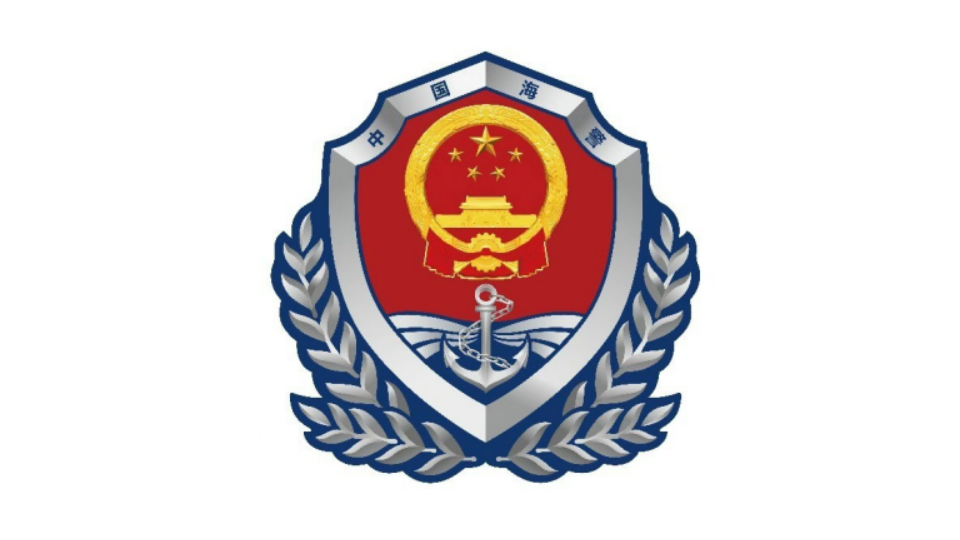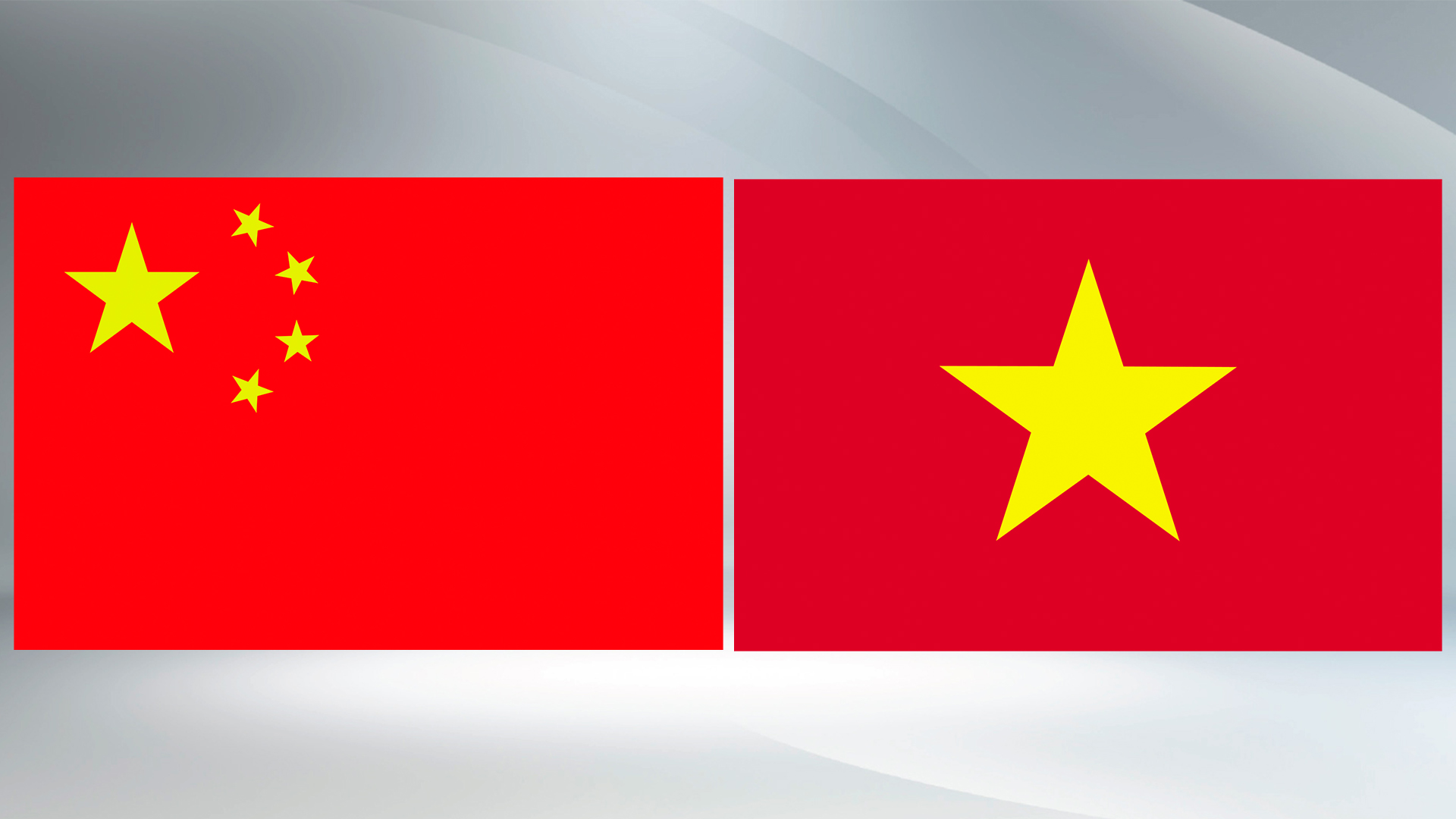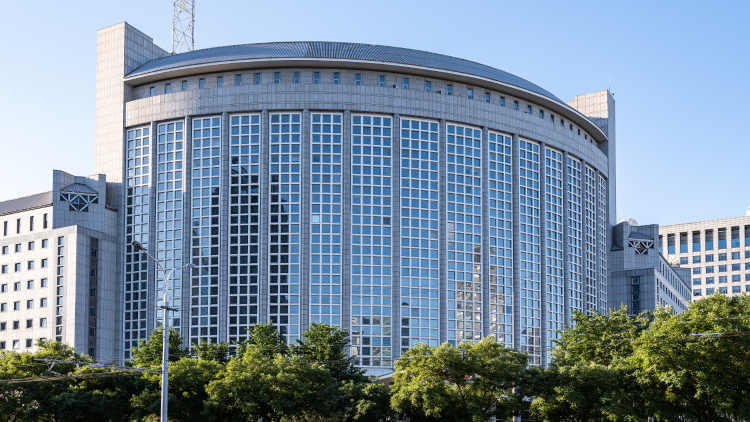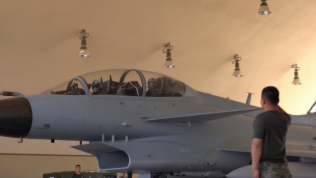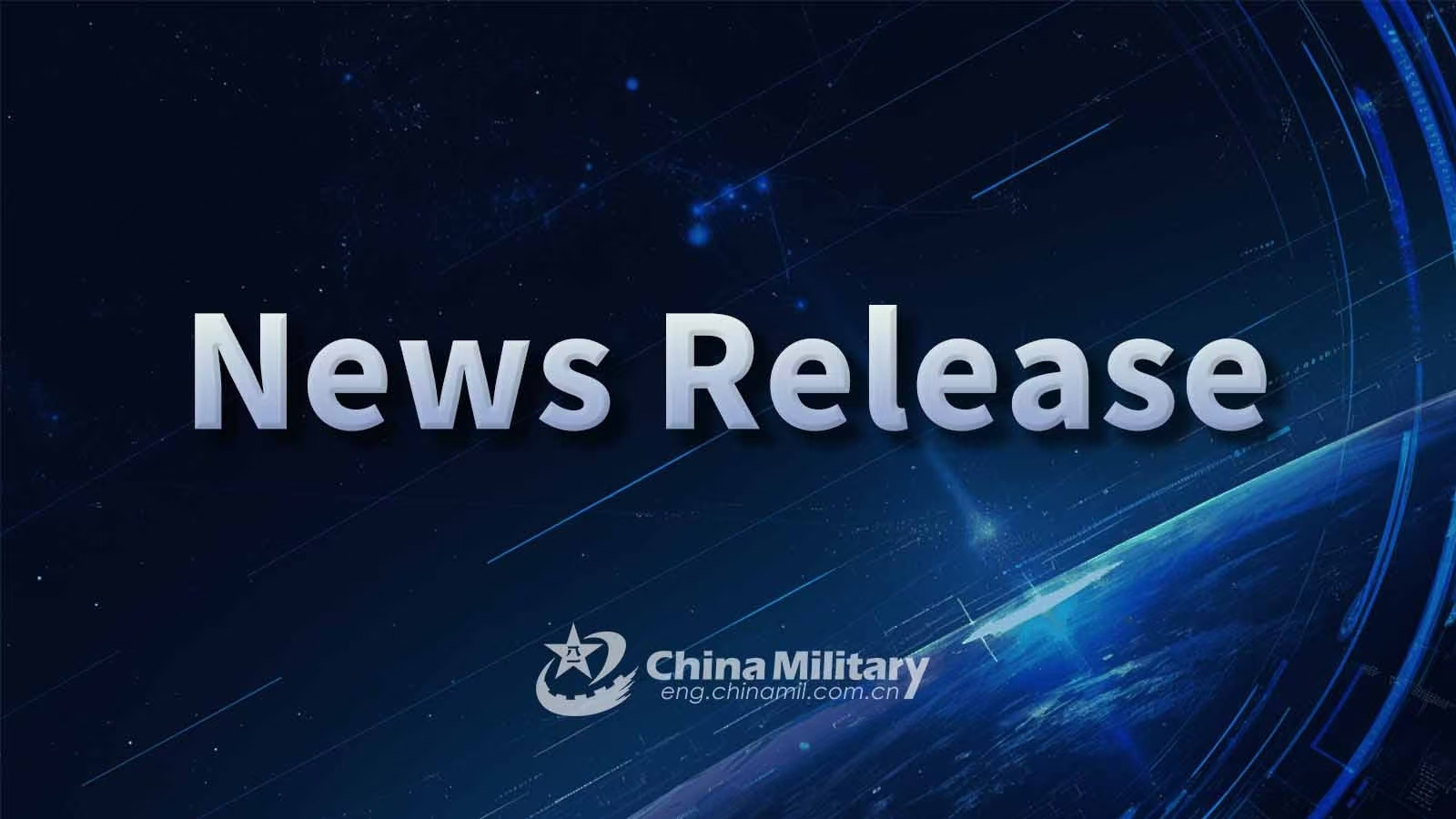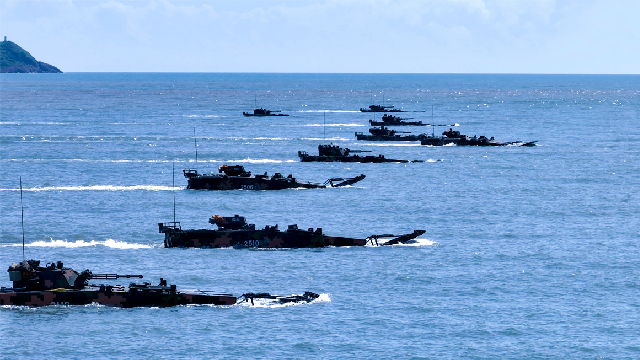By Hai Ning
海宁
In recent years, Japan has significantly adjusted its security policies, increased its defense budgets year by year, and constantly relaxed restrictions on arms exports. The country's ulterior ambitions and motives behind these actions deserve high vigilance from the international community.
近年来,日本大幅调整安保政策,逐年增加防卫预算,不断放宽武器出口限制,其背后的野心图谋值得国际社会高度警惕。
Violation of post-war restrictions and "exclusively defense-oriented" policy
打破战后禁忌,违背“专守防卫”原则
Since the end of World War II, the Three Principles on Arms Exports issued by the Japanese government has become a cornerstone of its "exclusively defense-oriented" policy. However, after the Cold War, Japan constantly discarded these principles by repeatedly seeking to revise relevant legal provisions, attempting to expand the scope and scale of arms export.
第二次世界大战结束后,日本政府颁布的《武器出口三原则》成为日本“专守防卫”原则的重要基石。冷战后,日本政府一再借机修改相关法律条款,不断打破《武器出口三原则》,妄图扩大武器出口的范围和规模。
In 2014, the Japanese government endorsed the replacement of the Three Principles on Arms Exports with the Three Principles on Transfer of Defense Equipment and Technology . In written text, the words "Defense Equipment" and "Transfer" have respectively superseded "Arms" and "Export" in a bid to reduce the sensitivity of the policy, but the constraints on the export of weaponry and related technologies have been extensively loosened virtually.
2014年,日本政府决议通过《防卫装备转移三原则》用以代替《武器出口三原则》。在文字表述上,以“防卫装备”和“转移”取代“武器”和“出口”,企图降低政策敏感性,但事实上已大幅放宽武器装备及相关技术的输出限制。
In 2017, the National Diet of Japan amended the Self-Defense Forces Act to allow transferring the used equipment of the forces (JSDF) to other countries for free or at low costs. Thereafter, Japan is able to sell patrol boats to Vietnam, facilities and air defense radar systems to the Philippines, and "unicorn" communications systems to India.
2017年,日本国会修订《自卫队法》,允许将自卫队的二手装备免费或低价转让给其他国家。自此,日本得以向越南出售巡逻艇,向菲律宾出售巡逻艇和防空雷达系统,向印度出售“独角兽”通信系统。
After the outbreak of the Russia-Ukraine conflict, Tokyo urgently revised the Three Principles on Transfer of Defense Equipment and Technology and the relevant Implementation Guidelines in violation of the provisions therein involving not providing defense equipment to the parties to a conflict, to grant approval for sending non-lethal equipment such as helmets and bulletproof vests to Ukraine. In April 2023, the Kishida cabinet adopted the Official Security Assistance (OSA) implementation policy, formally establishing a new mechanism for providing military assistance to the so-called "like-minded" countries.
俄乌冲突爆发后,日本政府违背“不向冲突当事方提供防卫装备”的规定,紧急修改《防卫装备转移三原则》和运用指针,为向乌克兰输送头盔和防弹背心等非杀伤性装备“开绿灯”。2023年4月,岸田内阁通过“政府安全保障能力强化支援”(OSA)实施方针,正式确立向“志同道合国家”提供军事援助的新制度。
According to Japanese media reports, Tokyo recently reviewed and approved the new version of the Three Principles on Transfer of Defense Equipment and Technology and relevant Implementation Guidelines, permitting exporting the finished weapons produced and assembled in the country to its designated authorized countries with a production permit. Furthermore, with the prior consent of Japan, these finished weapons may also be transferred to other third countries via the authorized states, excluding those currently regarded to be engaged in combat.
据日媒报道,日本政府近期审议通过新版《防卫装备转移三原则》和运用指针,允许日本将其生产并组装的成品武器出口到给予日本“生产许可”的授权国。并且,只要事先征得日方同意,这些成品武器还可经授权国出口到其他第三国,但当前被认为正在进行战斗的国家除外。
Multiple concealed intentions in pursuit of military deregulation
暗藏多种图谋,谋求军事领域松绑
To promote the development of the defense industry. Due to long-standing restrictions on arms export and limited demand from the JSDF, Japan's defense industry has seen serious overcapacity, high costs, low efficiency, and inadequate international competitiveness. The Japanese government spends huge subsidies to maintain its own research and development and production capacities every year. Once the export restrictions are relaxed, Japan can unleash the weaponry production potentials of domestic enterprises, dilute the research and development and procurement costs, seek to secure a share in the international defense trade market, and boost the domestic economy with arms export orders.
推动防务产业发展。由于武器出口长期受限,自卫队需求又有限,日本防务产业产能严重过剩、成本高昂、效率低下、国际竞争力不强。日本政府每年都要拿出大量补贴,以维持武器自主研发和生产能力。一旦放宽出口限制,日本就可以释放本国企业的武器装备生产潜力,摊薄研发和采购成本,争夺国际军贸市场份额,并借武器出口订单提振国内经济。
To accelerate military deregulation process. To break through the post-war mechanism and realize the so-called national normalization, Japan had designedly expanded and deepened overseas military cooperation in the past years. Through this policy revision, Japan can not only transfer dormant weapons to other countries, but also provide foreign assistance with the active and even newly developed weapons of the JSDF, so as to gain more diplomatic leverage. Meanwhile, Japan can more easily develop weapons and equipment jointly with other countries to enhance the weaponry capabilities of the JSDF.
加快军事领域松绑。近年来,日本为突破“战后体制”、实现所谓“国家正常化”,有意拓展和深化对外军事合作。通过此次政策修改,日本不仅可以对外转赠闲置的武器,还能对外援助自卫队现役乃至新开发的武器,从而获得更多外交手段。同时,日本还能更方便地与其他国家联合研发武器装备,提升自卫队的武器水平。
To seek profits by relying on the US. In recent years, the US has pushed for the upgrading and transformation of its alliance with Japan and connived at the latter's lifting of restrictions on exporting military equipment with the aim to echo its major power competition strategy. While following the US in building an Indo-Pacific encirclement, Japan also took the opportunity to elevate its international influence. It is worth noting that Japan's revision of arms export policy coincided with the particular time when the US and Europe had been struggling to fulfill the weaponry demands from Ukraine and Israel as hindered by bottlenecks in arms production capacity, obviously aiming at addressing and accommodating the growing weapon export needs of the US.
倚靠美国借机谋利。近年来,美国力推美日同盟升级转型,纵容日本解禁武器出口,以呼应其“大国竞争”战略。日本在追随美国构筑“印太包围圈”的同时,也趁机提升自身国际影响力。值得注意的是,日本此次修改武器出口政策,正值美欧武器产能遭遇瓶颈、难以同时满足乌克兰和以色列武器需求的特殊时期,显然在迎合、对接美国激增的武器输出需求。
Deviation from path of peace and disruption of regional security and stability
背离和平道路,破坏地区安全稳定
Japan exhibits more evident outward and offensive inclinations in the military sector. The JSDF has been equipped with light aircraft carriers, F-35 fighters, Aegis warships, and other advanced weapons and equipment. The recently passed FY2024 government budget draft of the country registered a defense budget of about 7.9 trillion yen, an increase of more than 16% year on year. The easing of restrictions on arms export is the latest move by Japan to deviate from the path of peaceful development after World War II. The administration's various actions to flout the Pacifist Constitution and the "exclusively defense-oriented" policy have aroused widespread criticism from the international community and strong opposition from the domestic public.
日本在军事领域的外向性和进攻性越发抬头。其自卫队已配备轻型航母、F-35战机、“宙斯盾”战舰等先进武器装备。在最近通过的日本2024财年政府预算草案中,防卫预算约为7.9万亿日元,同比上涨超过16%。放宽武器出口限制,是日本背离二战后和平发展道路的最新动向。日本政府架空“和平宪法”及“专守防卫”原则的种种行径,引发国际社会广泛批评和国内民众强烈反对。
Moreover, the Kishida government vigorously hypes up the so-called neighborhood threats and treats countries around the South China Sea as key targets for arms and equipment cooperation, in the name of maintaining the security of seaways. Such moves not only undermine regional security and stability, but also create geopolitical conflict risks. As the arms export policies are continuously relaxed, Japan is highly likely to make more provocative moves.
此外,岸田政府大肆渲染所谓“周边威胁”,打着维护“海上通道安全”的旗号,将武器装备合作的重点对象,瞄向了南海周边国家。这种做法不仅破坏了地区安全稳定,还制造了地缘冲突风险。随着武器出口政策的不断放宽,日本很可能做出更具挑衅性的行为。
The Japanese government needs to fully understand that acting as a spoiler in regional security will only exacerbate its own security and development dilemmas. The authority should earnestly respect the security concerns of neighboring countries, deeply reflect on its aggression history, stick to the path of peaceful development, and take concrete actions to win trust from its Asian neighbors and the international community.
日本政府需要充分认清,充当地区安全“搅局者”,只会加剧自身安全困境和发展困局。日本政府应当切实尊重周边邻国的安全关切,深刻反省侵略历史,坚持走和平发展道路,以实际行动取信于亚洲邻国和国际社会。

